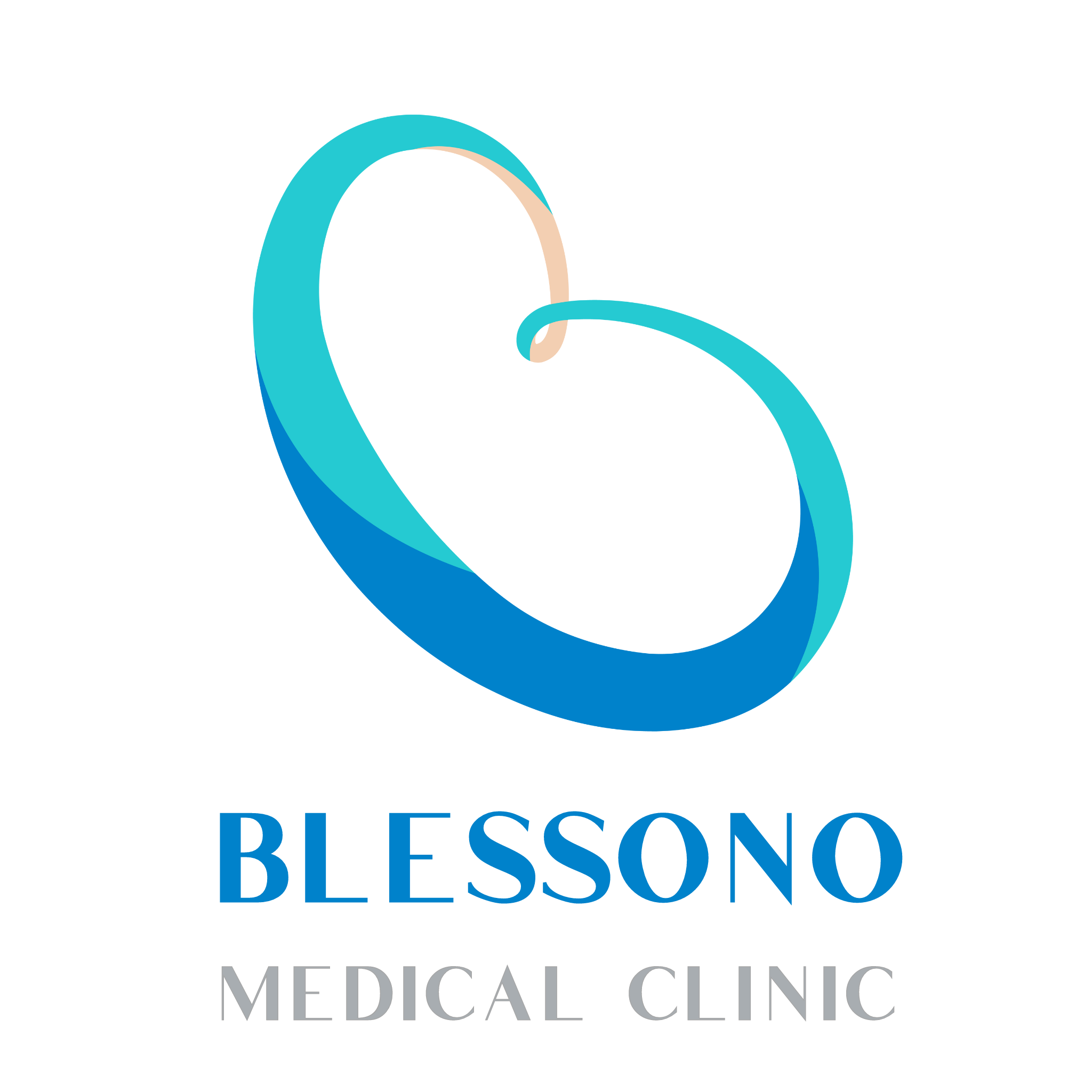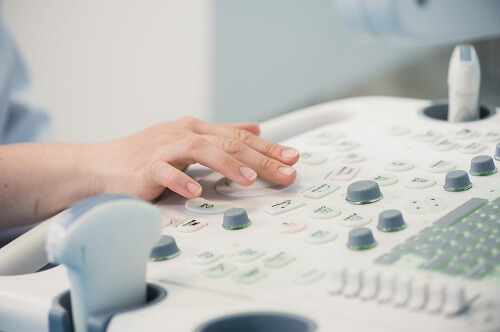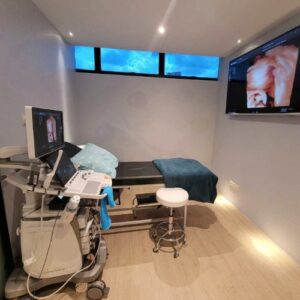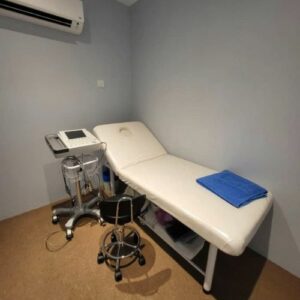What we do
Providing Impeccable
Premium Health Screening Experience
VIP PACKAGE for Health Screening

VIP
PLUS
1 hour
RM1996
RM
998
ONE TIME -
Upper Abdomen (ultrasound scan)
-
Pelvis (ultrasound scan)
-
ECG
-
Lung Function Test
-
CRP/Homocysteine
-
Full Blood/Urine Test
-
Tumour Markers
-
Rheumatoid Factor/H pylori
More Details
* Click for more details
* Booking online you'll get extra 5% discount
* Booking online you'll get extra 5% discount
Best seller

VIP
PRO
2 hour
RM2596
RM
1298
ONE TIME -
Upper Abdomen (ultrasound scan)
-
Pelvis (ultrasound scan)
-
Thyroid (ultrasound scan)
-
Carotid Arteries (Stroke)
-
DVT (Blood Clot)
-
ECG
-
Lung Function Test
-
CRP/Homocysteine
-
Full Blood / Urine Test
-
Tumour Markers
-
Rheumatoid Factor/H.Pylori
More Details
* Click for more details
* Booking online you'll get extra 5% discount
* Booking online you'll get extra 5% discount
Best seller

VIP
PRIME
3 hours
RM3396
RM
1698
ONE TIME -
Upper Abdomen (ultrasound scan)
-
Pelvis (ultrasound scan)
-
Thyroid (ultrasound scan)
-
Breast/Scrotum (ultrasound scan)
-
Carotid Arteries (Stroke)
-
DVT (Blood Clot)
-
PAD (Peripheral Artery)
-
AAA Scan (Aortic Aneusyrm)
-
ECG
-
Lung Function Test
-
CRP/Homocysteine
-
Full Blood /Urine test
-
Tumour markers
-
Rheumatoid Factor/H pylori
-
Hormone Test
-
Vitamin D
More Details
* Click for more details
* Booking online you'll get extra 5% discount
* Booking online you'll get extra 5% discount
Best Seller










